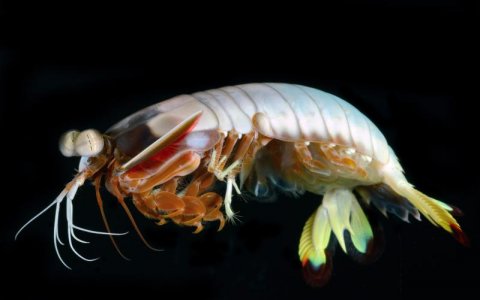nonpareilpearl
New member
I am in the process of compiling a list of "easy to remember" facts (think bullet-point style, ~100-120 characters or less) for a page I'm making for my mantis tank. Here are a few I have to start:
I'm trying to make the list as long as possible so I can cycle through/update the list. Does anyone have any ideas for some more?
- Mantis shrimps are of the order Stomatopoda.
- There are ~400 species of mantis shrimps (stomatopoda).
- Dr. Roy Caldwell (PhD) has been studying stomatopods for over 30 years at UC Berkeley! See more info here: http://www.ucmp.berkeley.edu/aquarius/index.html
I'm trying to make the list as long as possible so I can cycle through/update the list. Does anyone have any ideas for some more?

